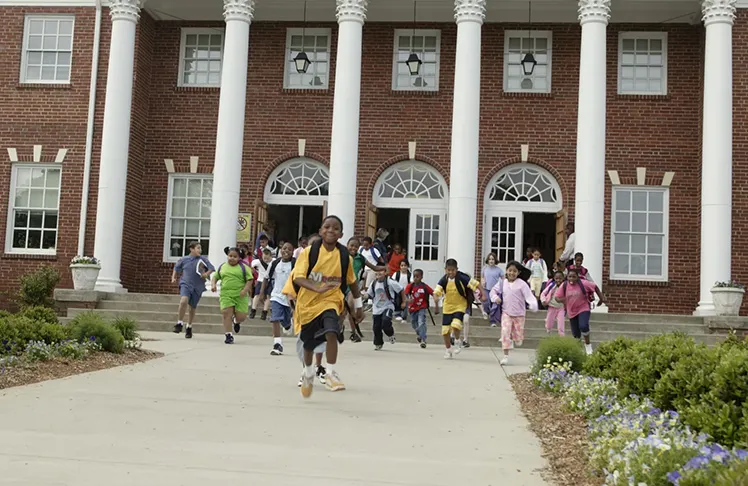
Not gonna lie: writing about how Black children navigate the K-12 education system, and the obstacles they face, can be depressing.
As Word In Black’s education reporter, I am often tasked with reading studies and reports about how and why Black students fall behind their white peers. It’s often bleak stuff: racial biases that block Black kids from taking advanced math classes; federal cuts to Title I funding for schools serving low-income kids; unfair disparities in punishment for Black students; the post-pandemic absenteeism crisis.
The list of headwinds Black grade-school students must have to overcome to earn a high school diploma seems never-ending. And that’s without talking about President Donald Trump’s plan to dismantle the Department of Education.
Yet there are some bright spots for Black public schoolchildren, even in a system that seems disinterested in their success, if not dedicated to their miseducation. So I’d like to give a toast to the five things that Black students can be grateful for in 2025.
Black Male Teachers Are Helping Black Children Improve in Schools
In a profession that’s overwhelmingly female and largely white, Black men make up around 1% of the teaching workforce. But research shows they can have an outsized impact on the development of young Black boys — reducing discipline and dropout rates while increasing achievement and graduation rates.
Researchers say that’s because Black men who teach bring a greater sense of cultural understanding to the classroom, and are more interested in forging connections with Black students — a crucial skill in their success. And several organizations are working to increase the number of Black men in the teaching ranks.
“Reading Rainbow” Made a Comeback…With a New Host, Too
The show, which first aired in 1983, was hailed for encouraging a generation of young readers. Originally hosted by actor LeVar Burton, Reading Rainbow was famous for its “magazine-style” format, with the genial Burton introducing topics. Celebrity guest readers would also join the program, and children would have the opportunity to discuss their favorite books.
Parents and fans despaired when the show went off the air in 2009. But PBS, which aired the program, returned Reading Rainbow to the air Oct. 4, with Mychal Threets, a former librarian at the Solano County Library in California and TikTok star, as the new host.
Children can see Mychal on YouTube, where he’ll be reading some amazing children’s books along with some guests, too. Threets’ revival builds on this tradition with a modern twist.
More Black Students Are Graduating on Time
After years of languishing well behind white and Asian American students, the percentage of Black students who are graduating high school within four years of enrolling is on the rise. National data shows the on-time graduation rate for Black students in the 2022-2023 school year was about 81%, which is far higher than it was about a decade ago.
Even though the national average — around 87% — is higher, the progress Black students have made in earning their diplomas on time, given all the challenges they face in the public school system, is amazing.
SNAP Benefits Are Back
Experts agree: it’s hard for children to learn when they come to school hungry. That’s why the lapse in funding for the Supplemental Nutrition Assistance Program, which provides monthly cash assistance for families in need, during the government shutdown became an education issue. Some schools even set up food pantries to help feed families in need.
But now that the shutdown has been resolved — for now — SNAP benefits have been restarted.
In 2023, 14% of Black households with children and 14% of Hispanic families with children experienced food insecurity — a share far higher than the roughly 6% rate for white households, Word In Black previously reported. With the return of SNAP benefits, Black children no longer have to worry about where their next meal is coming from when they return to school.
Black Students Are Still Applying to College
In 2023, when the Supreme Court declared that race can’t be considered in college admissions, it sent a shockwave through the higher education landscape. Experts predicted a generation of Black students would be turned away from campus, or wouldn’t even bother to apply.
Two years later, however, the share of Black students applying to college has grown by 12% since the 2023-2024 academic year, according to a report from The Common App. And Black Americans’ share of the pool of college applicants slightly increased from 14% in the 2023-2024 to about 15% in 2024-2025.















